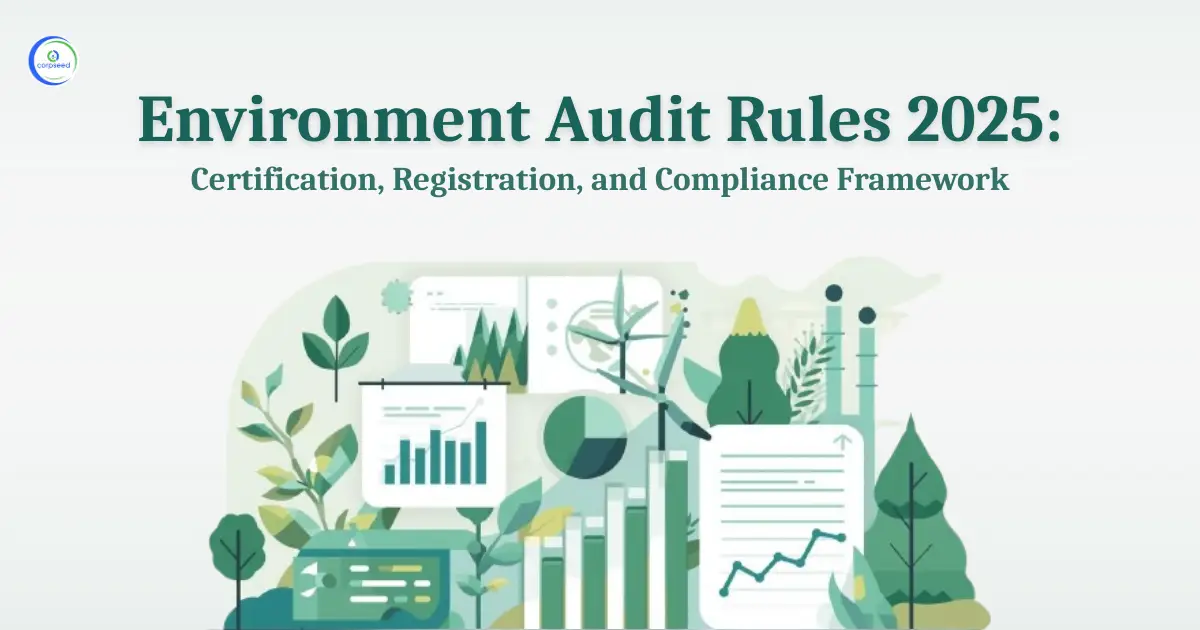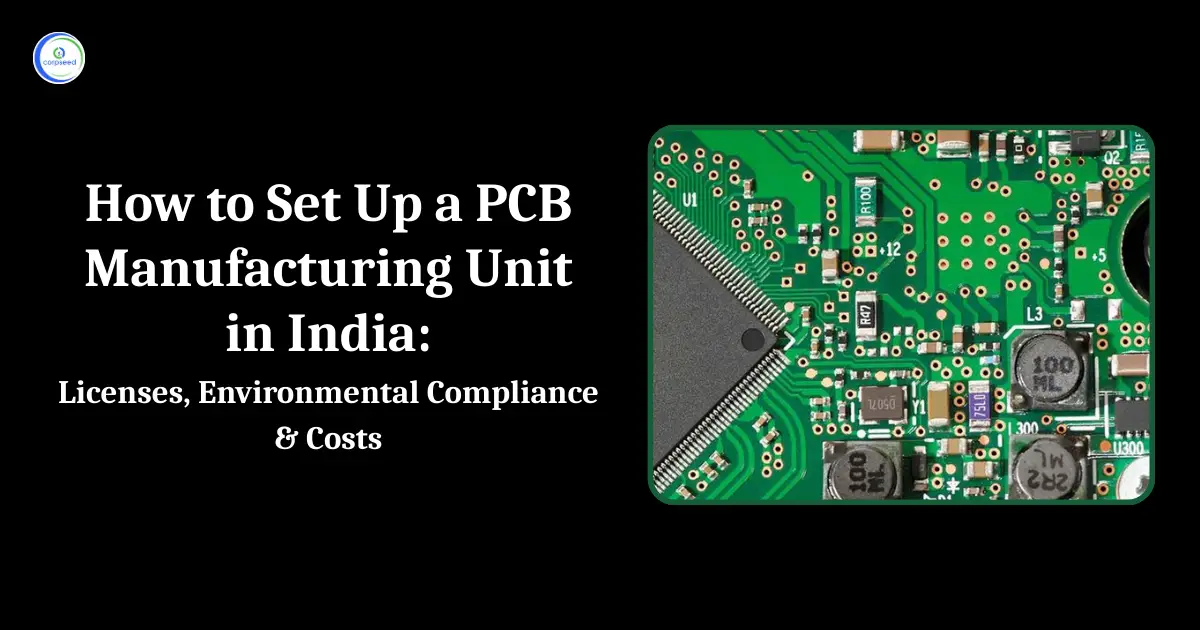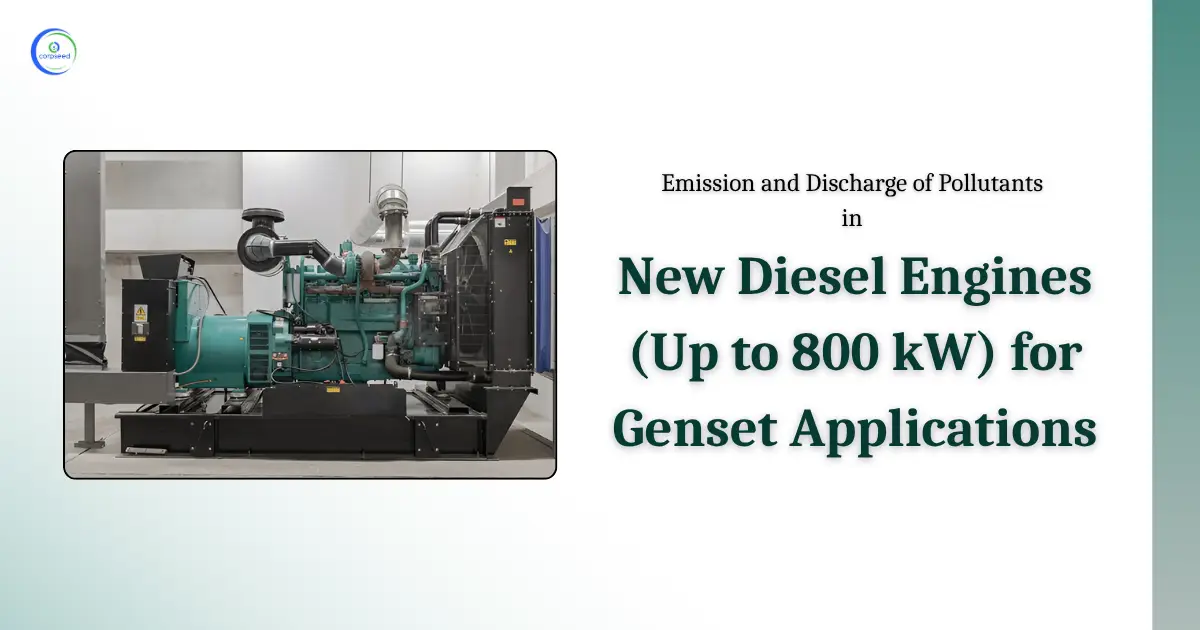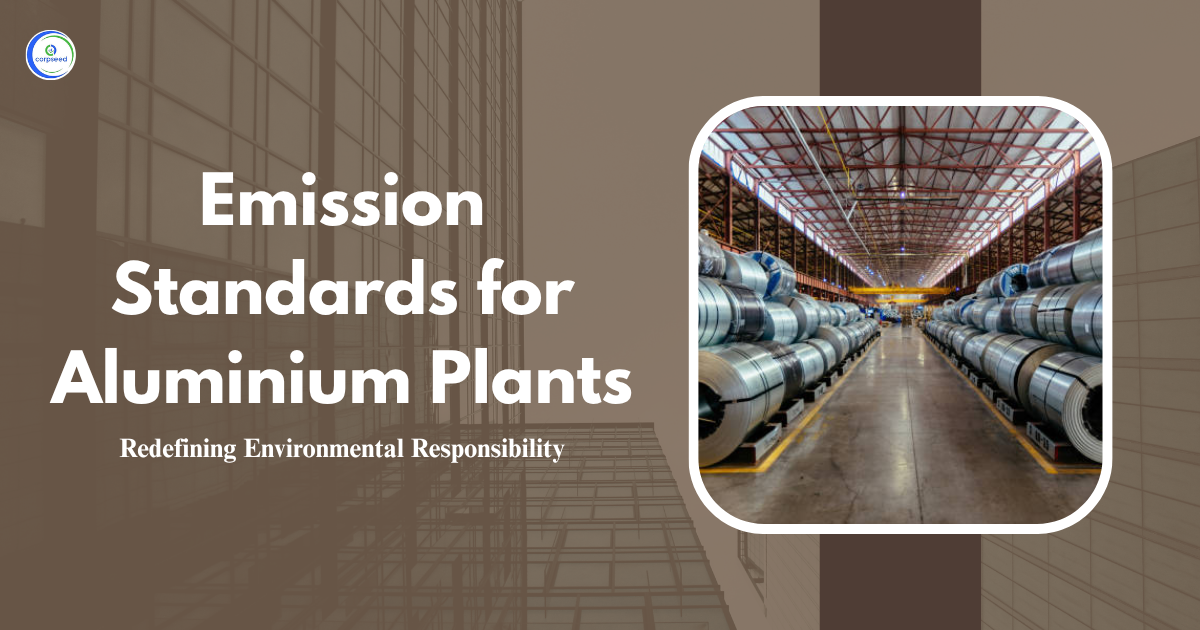Behind Hard Coke Ovens are broadly used in industries to form coke by heating coal in the absence of air. However, this process produces numerous environmental pollutants. Specific standards for emissions or discharge of environmental pollutants have been established for these ovens to protect air and water quality. These standards control the amount and type of pollutants emitted into the environment, ensuring least harm. The guidelines developed and imposed by agencies like the Central Pollution Control Board (CPCB) and the State Pollution Control Board (SPCB), play an important role in sustainable industrial development.
Table of Contents
- Understanding Environmental Pollutants
- What is Beehive Hard Coke Oven and it’s Environmental Pollutants?
- Impact of Pollutants from Beehive Hard Coke Ovens
- Key Pollutants of Beehive Hard Coke Oven
- Importance of Emission Standards for Beehive Hard Coke Oven
- Effluent Standards for Beehive Hard Coke Oven
- Monitoring and Reporting
- Conclusion
Understanding Environmental Pollutants
Environmental pollutants refer to harmful substances discharged into the air, water, or soil that adversely impact ecosystems and human health. In industrial operations such as Beehive Hard Coke Ovens, pollution can contain emissions of gases, particulates and liquid wastes. These pollutants deteriorate air quality, pollute water reservoirs and harm organisms. It is crucial to control these emissions to maintain the ecological balance. Regulatory standards set limits on pollution levels to avoid excessively emitted substances, encourage clean production, and safeguard public health. Appropriate monitoring and reporting ensures that industries conform to these environmental guidelines.
What is Beehive Hard Coke Oven and it’s Environmental Pollutants?
A Beehive Hard Coke Oven is a conventional coke-making unit that converts coal into hard coke by carbonizing it at high temperatures in the absence of air. Its domed structure looks like a beehive, hence the name. Although cost-effective and easy to run, these ovens emit significant environmental pollution. Key emissions comprise sulfur dioxide (SO2), nitrogen oxide (NOx), carbon monoxide (CO), and fine particulate matter (PM). In addition, this process produces wastewater that contains heavy metals and chemical residues. These pollutants deteriorate air and water quality, disturb soil health, and pose serious risks to human and environmental health if not correctly controlled.
--------------Blog Contact Form-------------
Impact of Pollutants from Beehive Hard Coke Ovens
The pollutants from Beehive Hard Coke Ovens significantly impact the environment and human health:
- Air Quality Degradation: Emissions of sulfur dioxide and nitrous oxide contribute to smog formation and acid rain, majorly degrading local air quality and contributing to global climate problems.
- Respiratory Health Risks: Fine particles emitted during the manufacture of coke can cause asthma, bronchitis, lung irritation and other respiratory diseases, especially in children, the elderly and factory workers.
- Water Pollution: Wastewater discharge containing heavy metals and chemicals pollutes neighbouring rivers and lakes, affecting aquatic ecosystems and making the water unhealthy for human consumption or agricultural use.
- Soil Contamination: Settled emissions and effluents deposit heavy metals and toxic composites into the soil, adversely affecting crop growth, agricultural productivity, and overall soil fertility in nearby areas.
- Ecosystem Damage: Constant discharge of pollutants disturbs biodiversity, impacting the health and reproduction of flora and fauna, and contributing to long-term ecological imbalance in surrounding natural habitats.
Key Pollutants of Beehive Hard Coke Oven
The primary environmental pollutants emitted or discharged from Beehive Hard Coke Ovens include:
- Sulfur Dioxide (SO2): Generated from sulfur compounds in coal, leads to acid rain.
- Nitrogen Oxides (NOx): Result from combustion processes, contributing to smog formation.
- Particulate Matter (PM): Fine particles released during coal heating, harmful to respiratory health.
- Carbon Monoxide (CO): Toxic gas from incomplete ignition.
- Wastewater containing Heavy Metals: Effluents carry metals like arsenic, lead, and mercury, which are toxic to aquatic systems.
Importance of Emission Standards for Beehive Hard Coke Oven
To control environmental pollution and ensure industrial sustainability, it is necessary to establish severe emission standards for the Beehive Hard Coke Ovens. These standards guide industries on allowable pollution limits and promote pollution control technologies.
- Protect Human Health: Emission standards limit exposure to harmful gases and particles, reducing the risk of respiratory diseases, cardiovascular problems, and other health complications in local communities.
- Environmental Protection: By setting clear limits for air and water pollutants, principles help maintain environmental quality, mitigate environmental damage, and safeguard both urban and rural environments.
- Regulatory Compliance: Industries are officially required to fulfill CPCB and SPCB emission standards, and failing to do so can result in heavy penalties, shutdowns, or environmental lawsuit by authorities.
- Promote Cleaner Technology: Implementing emission standards drives innovation, boosting industries to upgrade their equipment with advanced filters, scrubbers, and eco-friendly fuels to minimize emissions.
- Sustainable Development: Emissions control encourages a healthy balance between industrial development and environmental protection, ensuring that resources are available for future generations without negotiating environmental sustainability.
Effluent Standards for Beehive Hard Coke Oven
Effluent standards control the quality and quantity of wastewater discharged from the Beehive Hard cook oven. The standards limit the number of toxic substances such as heavy metals, oils, greases, and chemical residues in order to protect aquatic reservoirs. Parameters such as pH, biological oxygen demand (BOD), chemical oxygen demand (COD), and total suspended solids (TSS) are tightly controlled. Following these effluent standards helps prevent water pollution and supports the health of aquatic life. Industries often use treatment plants to ensure that wastewater fulfills regulatory requirements before being discharged.
| BEEHIVE HARD COKE OVEN | EMISSION | Standards |
| (i) New unit | Particulate matter (corrected to 6% CO2) Hydrocarbons |
150 mg/Nm3 25ppm |
| (ii) Existing units | Particulate matter (corrected to 6% CO2) | 350 mg/Nm3 |
Note: For control of emissions/and proper dispersal of pollutants, the following guidelines shall be followed by the industry:-
(i) A minimum stack height of 20 metres shall be provided.
(ii) All ovens shall be modified to single chimney multi-oven systems.
(iii) Emissions from ovens shall be channelized through inbuilt draft stack. Optimum heat utilization technique shall be used.
(iv) In case of units having capacity 10 tonnes and above, wet scrubbing system shall be provided to control air pollution.
Monitoring and Reporting
Monitoring and reporting are important components in the management of emissions and effluents from Beehive Hard Coke Ovens. Industries should constantly monitor pollution levels using standard methods to ensure compliance with CPCB and SPCB guidelines. Capturing accurate data and notifying regulatory authorities in a timely manner allows transparency and immediate corrective action. Regular audits and inspections of pollution control boards ensure that industries maintain operational principles. Advanced monitoring systems also enable early detection of violations of emissions, which helps avoid environmental damage. This responsibility encourages accountable industrial practices and public trust.
Conclusion
Standards for emission or discharge of environmental pollutants for the Beehive Hard Coke Oven are important to protect the environment and public health. By controlling pollutants such as sulfur dioxide, nitrogen oxide, particulate matter and toxic emissions, these standards ensure clean industrial operations. Compliance with CPCB and SPCB regulations promotes sustainable development and minimizes harmful impacts on air, water and soil quality. Continuous monitoring and effective pollution control technologies are key to achieving these objectives. Industries should prioritize compliance to these standards for a improved environment and better community welfare.
This portion of the site is for informational purposes only. The content is not legal advice. The statements and opinions are the expression of author, not corpseed, and have not been evaluated by corpseed for accuracy, completeness, or changes in the law.
BOOK A FREE CONSULTATION
Get help from an experienced legal adviser. Schedule your consultation at a time that works for you and it's absolutely FREE.
.webp)






_Corpseed.webp)
.webp)
